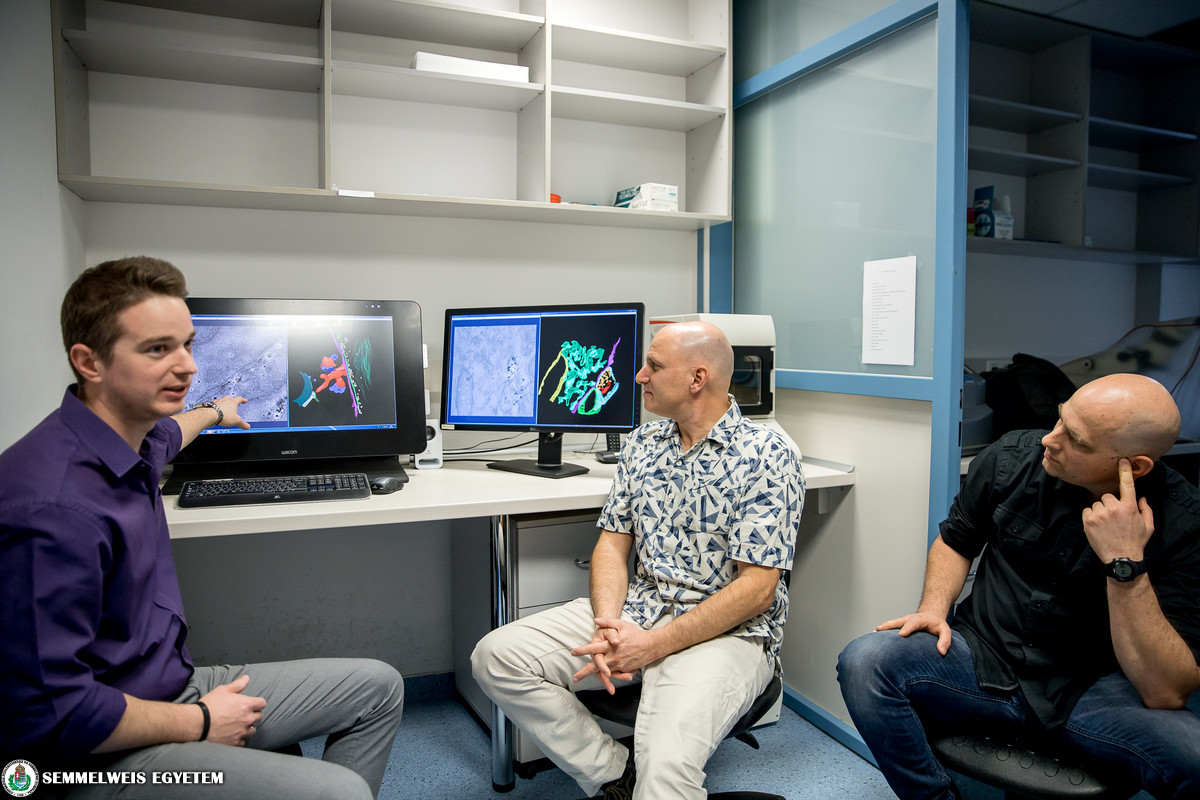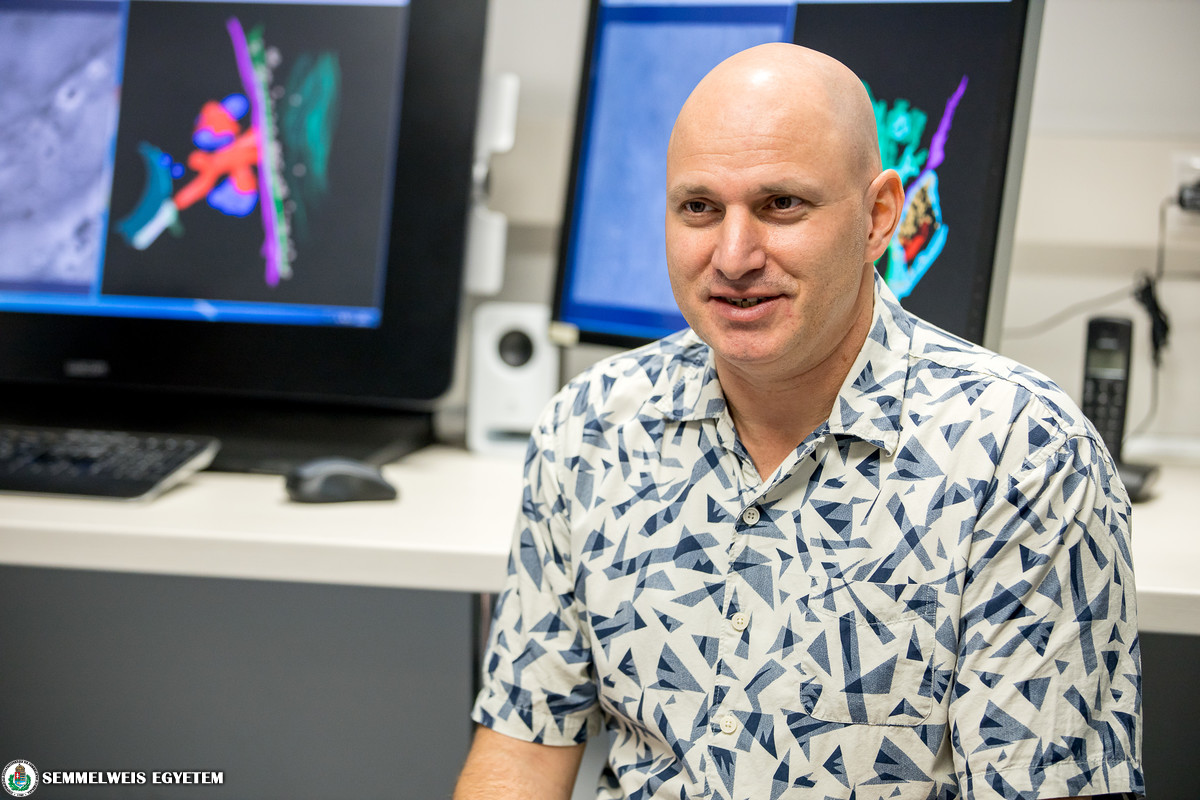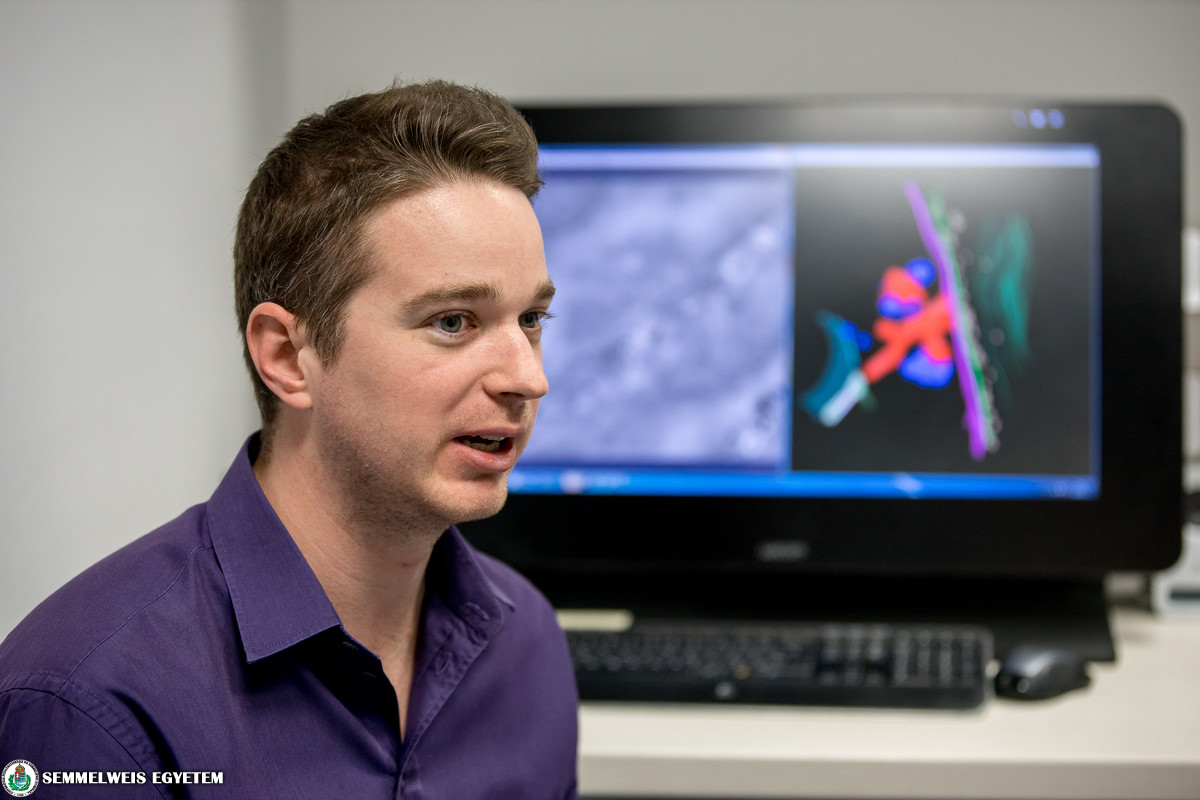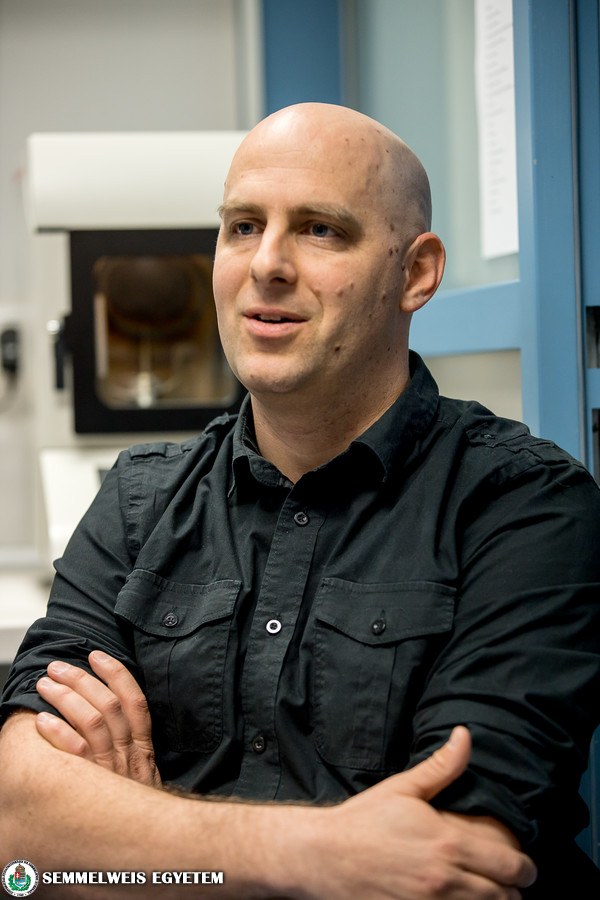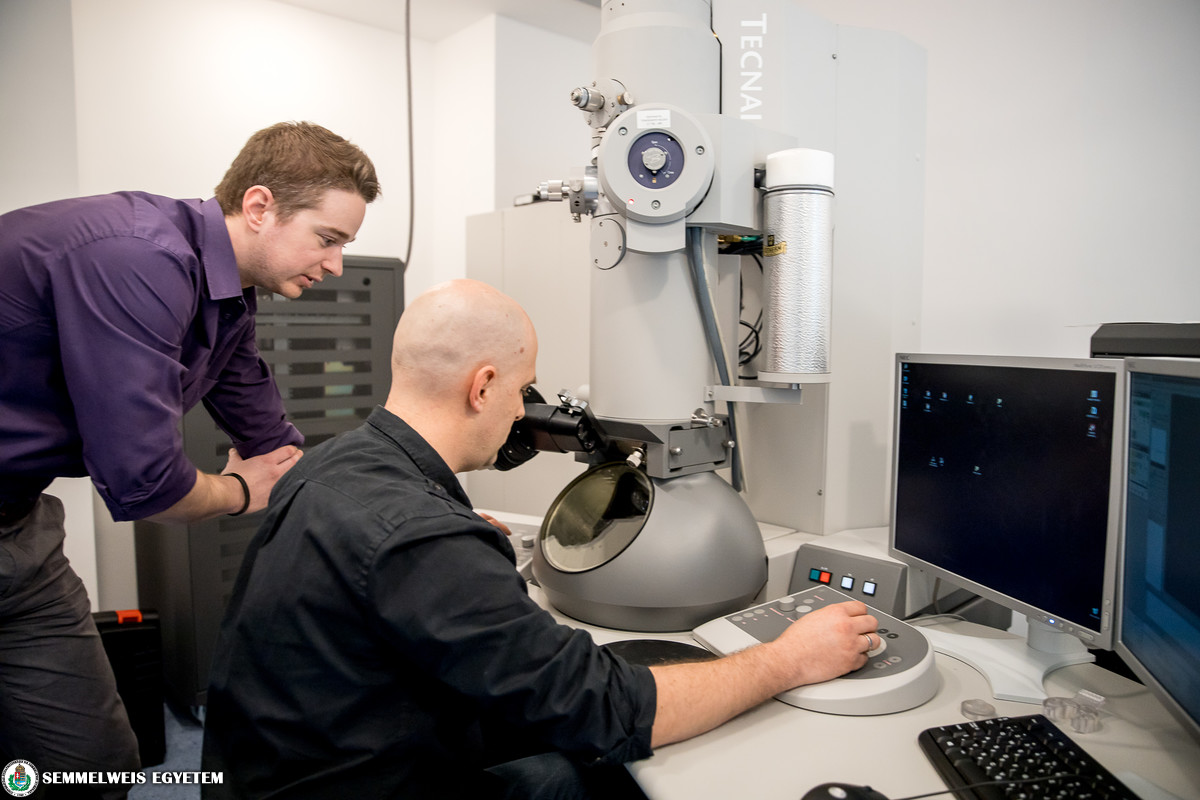The team identified a new communication pathway that allows the main immune cells of the central nervous system, microglia, to sense damage to neurons and to aid their regeneration. This discovery reshapes the knowledge about neural communication. The role of the newly discovered connection has been confirmed in physiological conditions and experimental stroke models and is likely to play an important role in other neurological disorders.
Tiny “hot spots” have been identified on the membrane of the cell body (soma) of neurons, which allow the elevated release of various substances into the environment of the nerve cell. At the same time, microglia spend a lot of time around these hot spots, which are ideal for communication with neurons: this way microglia can constantly monitor the conditions and functions of nerve cells.
The paper’s “first release” version was published online in December, and has recently been published in the latest January 2020 issue of Science in print. More than a third of the authors of the paper have connections with Semmelweis University either by being current or former PhD students, lecturers or supervisors.
Dr. Ádám Dénes, head of the research group at the Institute of Experimental Medicine received his PhD degree at Semmelweis University’s Szentágothai János Doctoral School of Neuroscience and currently works as a lecturer and supervisor at the School of PhD Studies.
“The recently discovered connection may open up new therapeutic options. Microglia are able to detect problems with the neuron very early and can react to the nerve cell’s functioning in a few minutes. By the selective modulation of microglia, pathways involved in the neural injury could be inhibited, while other pathways allowing microglia to regenerate the neuron’s functions could be stimulated.”, he said.
Dr. Ádám Dénes considers the discovery important, because it could create a new perspective and give new momentum to research related to the therapy of neurodegenerative diseases. Researchers will now examine, how communication between microglia and neurons change in case of Alzheimer’s disease, epilepsy or vascular dementia.
Dr. Balázs Pósfai is one of the first authors of the publication, researcher of the Institute of Experimental Medicine and PhD student at Semmelweis University.
“Based on our research, we believe that microglia are responsible for maintaining homeostasis in the brain as they constantly monitor the condition of nerve cells and eliminate the ones that are damaged. One of the possible causes of neurodegenerative diseases may be the incapability of maintaining this balance.”, he said.
The PhD work of Dr. Balázs Pósfai is largely based on the research related to this publication.
Dr. Csaba Cserép, the other first author of the paper is member of the research team at the Institute of Experimental Medicine, lecturer of Semmelweis University’s Szentágothai János Doctoral School of Neuroscience and received his PhD degree here as well.
“Our discovery, which has really stirred things up, was greatly due to the fact that our research group used the most advanced neuroanatomic techniques to analyse problems of neuroimmunology, such as electron tomography.”
Pálma Dobozi
Photo: Attila Kovács – Semmelweis University
Translation: Ágnes Raubinek
